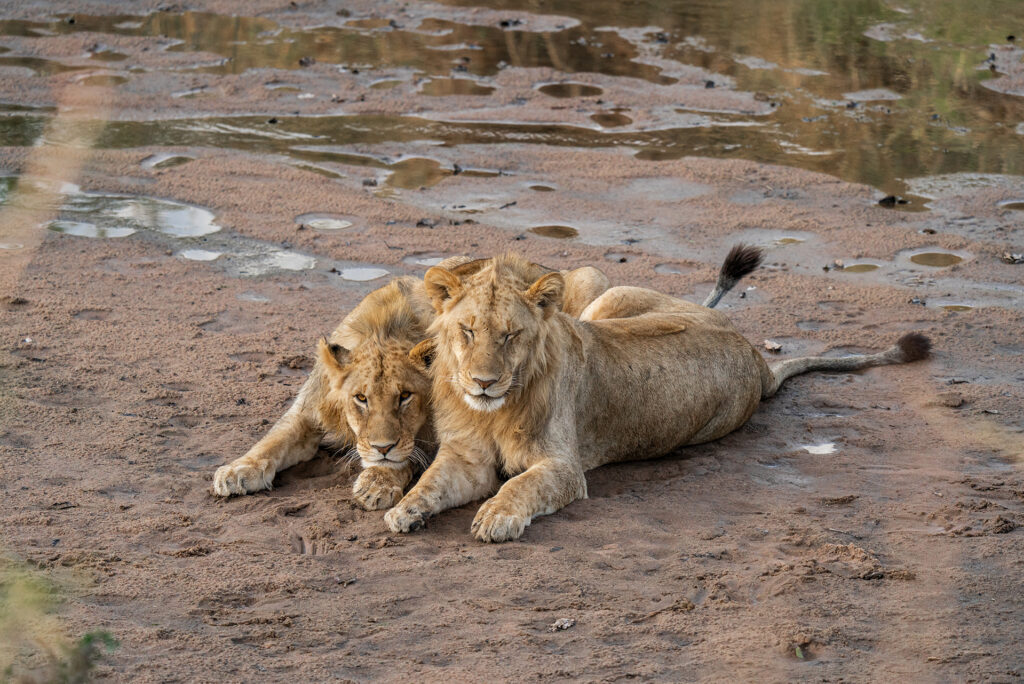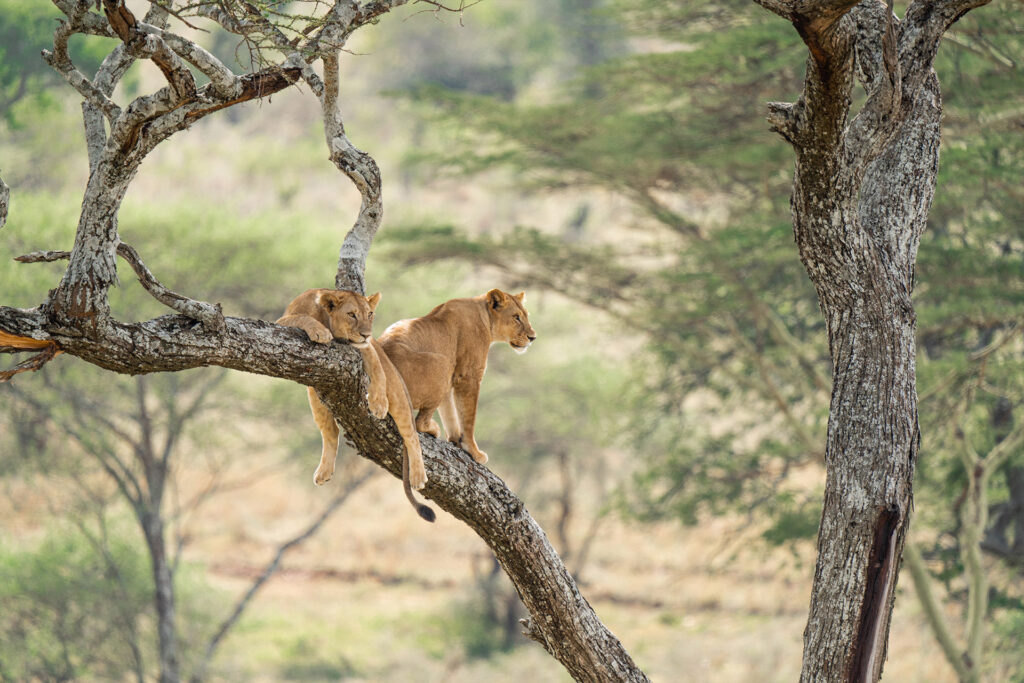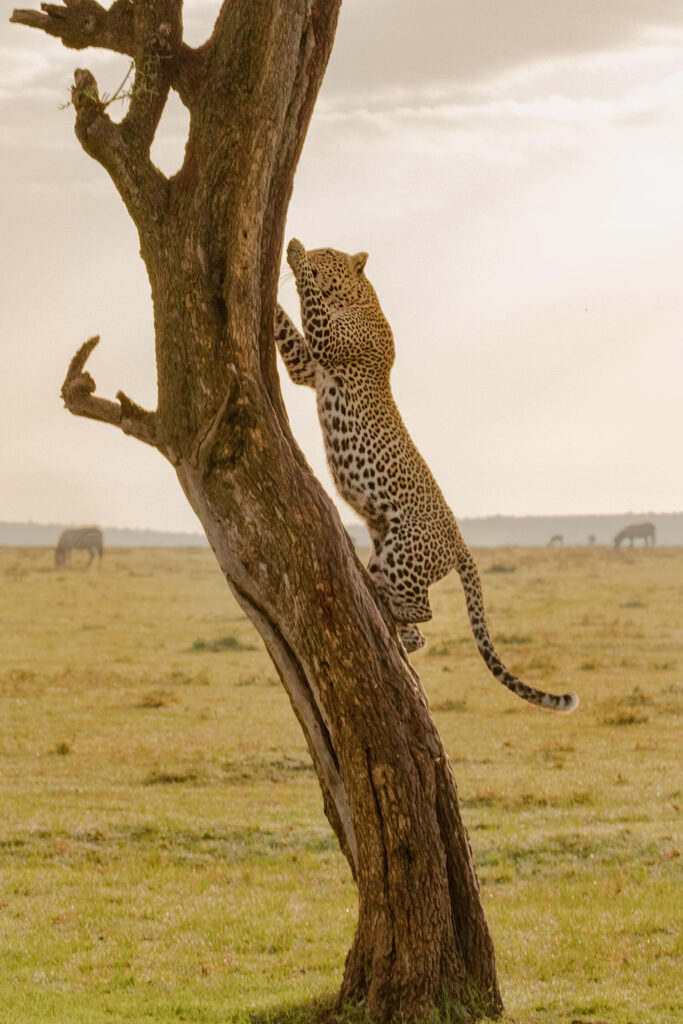The Great Wildebeest Migration
This is the story of a journey that has taken place for thousands of years, every year!

Every year, the Mara- Serengeti ecosystem is the setting for the largest mass migration on the planet. A high stakes journey fraught with disaster, danger and drama but nothing turns the wildebeest away. More than two million wildebeest and zebra move in a continuous year-long cycle. Driven by two distinct rainy seasons, the wildebeest follow the rain to find the best grazing. In the quest for greener pastures, the wildebeest encounter their major obstacle, to cross the treacherous mara river.
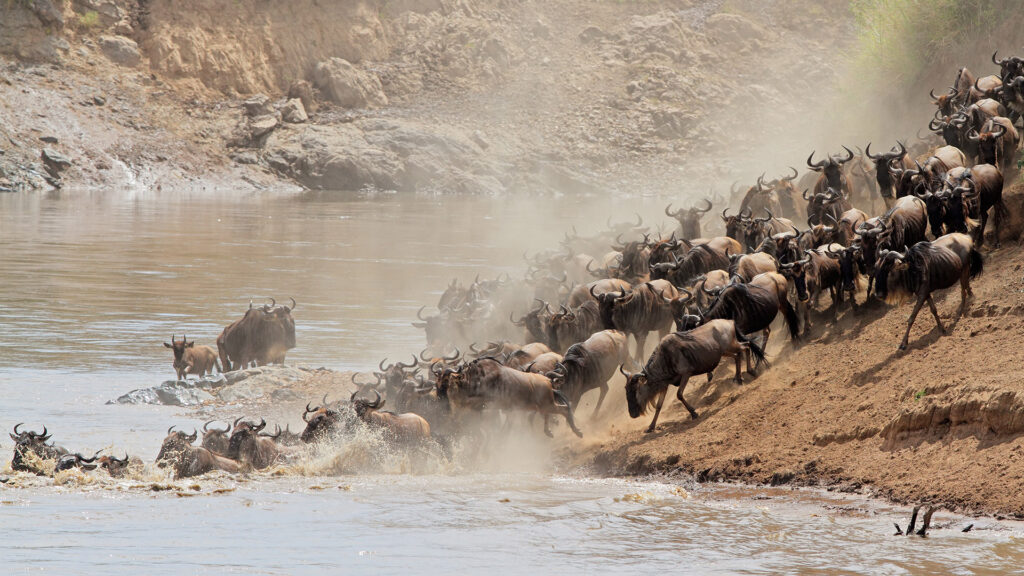
The Rhythm of the Wildebeest
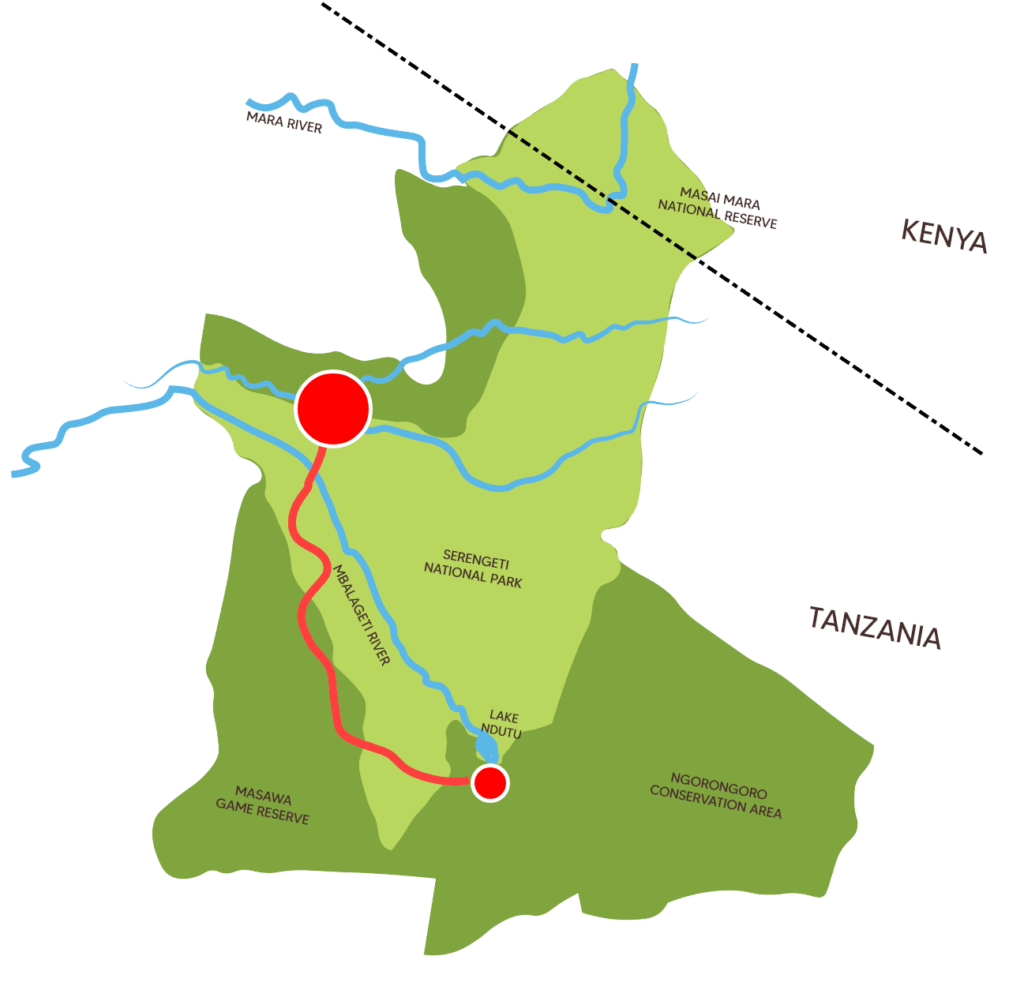
January - March
In a journey that is their destiny, there is no beginning or end to the great wildebeest migration- other than birth and death. The mass calving season signals the beginning of the migratory cycle. In January, the wildebeest inhabit the short grass plains of the southern Serengeti scattered around naabi hill and lobo. In February, the herds move to Lake Masek and Lake Ndutu where half a million wildebeest are born in a couple of weeks. The herds linger around this area till March and begin the journey again.
April - May
The herds now drift Northwest towards the fresher grass of central Serengeti triggered by the rainy season. The herds fan out in the direction of Moru and split into large groups. As the calves get stronger, the wildebeest cover huge distances each day and can be seen as far as Lake Magadi.

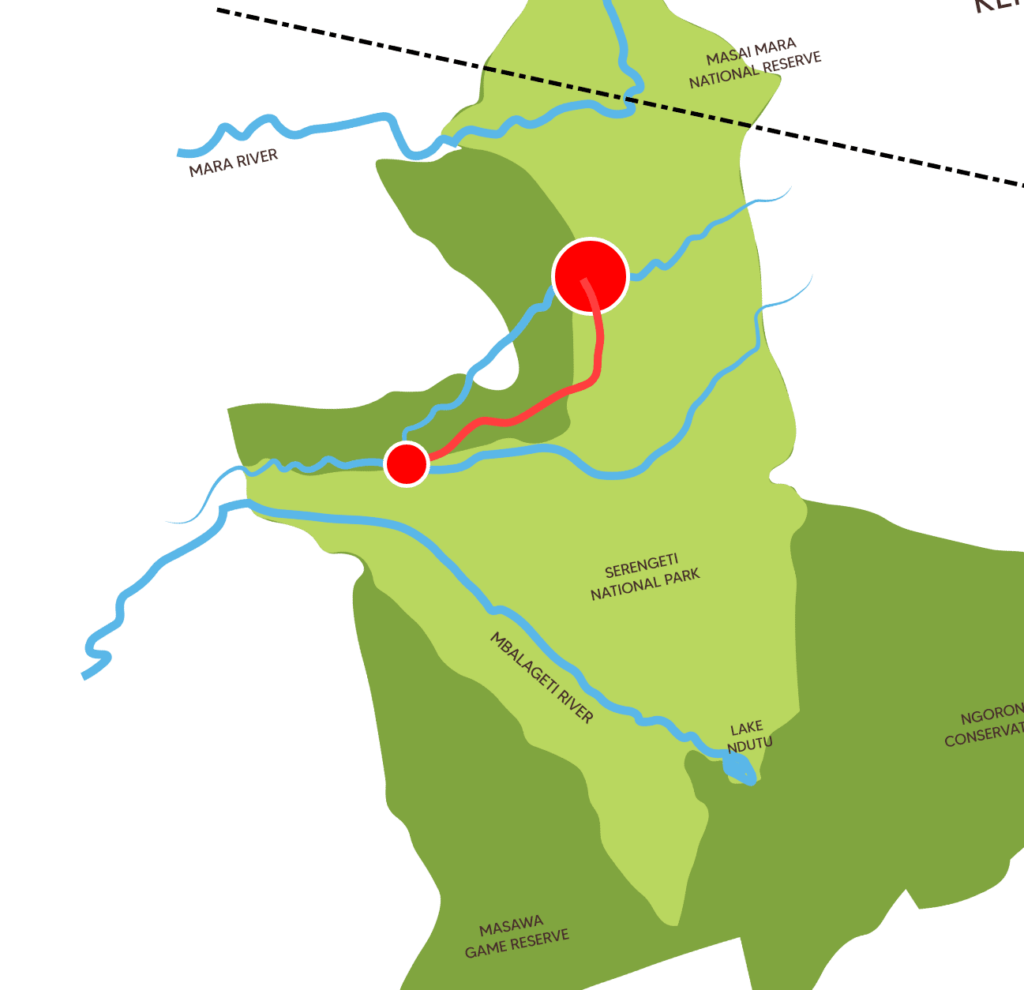
June - July
End of May and beginning of June is the mating season for the wildebeest and the males lock horns and jostle for females. The herds are now in Western Serengeti where they have to cross the grumeti river to head North and encounter an even more riskier barrier, the mighty mara river. River crossings begin in July.
August - October
This marks the most dramatic phase of the migration as wildebeest cross the crocodile infested mara river and head to Kenya’s Masai Mara. The river sightings are a spectacular sight for many but a daunting task for the wildebeest. The steep river banks, hungry crocodiles and predators laying in ambush on the river banks take a toll on the herd. The survivors gain access to the rich pastures of the Masai Mara where the chaos subsides and the hers continue grazing. The wildebeest will face the heavy waters of the Mara River once again as they prepare to cross and started their southward journey.
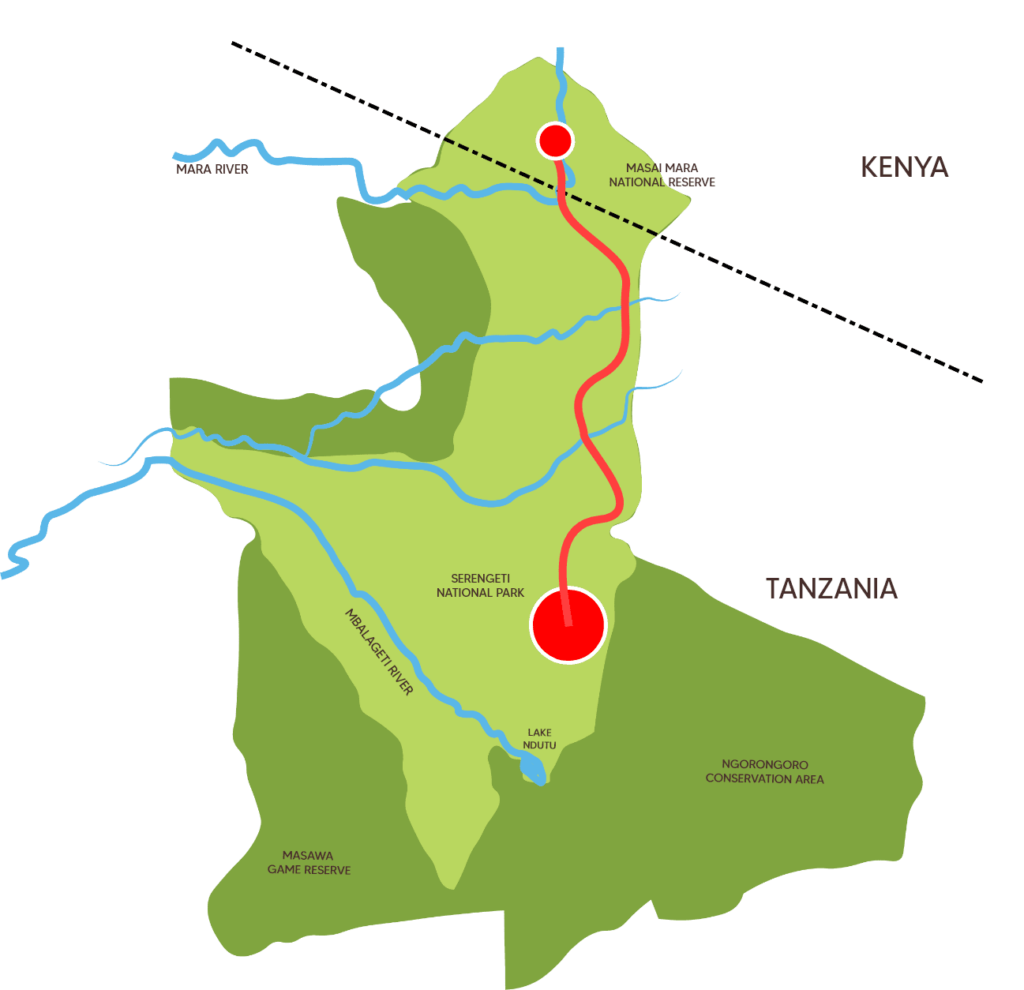

November - December
The short rains of November trigger another move as the wildebeest exit Masai Mara and move in to the Loliondo and Lobo area of the Serengeti. By December, the herds ere back in Southern Serengeti and their annual cycle begins all over again.
Sometimes in the middle of nowhere, You find yourself

